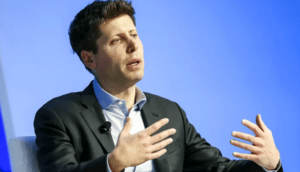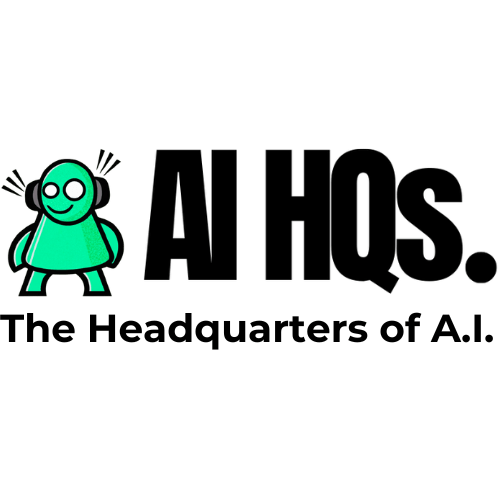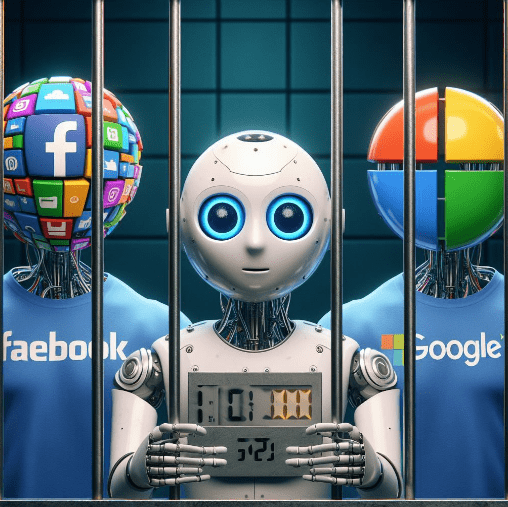OpenAI Turmoil, Summary So Far: Sam Altman’s Departure, Microsoft’s Move, and the Future of AI Leadership
In a sudden and shocking turn of events, OpenAI, the trailblazing artificial intelligence company, finds itself at the centre of a leadership upheaval. The departure of co-founder and CEO Sam Altman has sent ripples through the tech industry, leaving both employees and investors in a state of uncertainty. As the dust settles, a series of revelations unfold, shedding light on the intricacies of the internal dynamics at OpenAI and its profound implications for the future of AI.

On a seemingly ordinary Friday, OpenAI dropped a bombshell – Sam Altman, the face of the company, was stepping down as CEO. The announcement, made through a blog post, cited Altman’s inconsistent communication with the board as the primary reason behind his departure. The board, no longer confident in his leadership, swiftly appointed CTO Mira Murati as the interim CEO. The move, described as a “leadership transition,” caught not only the tech community but also OpenAI employees off guard.
News of Altman’s firing sent shockwaves across social media platforms, prompting speculation about the reasons behind the decision. Former Google CEO Eric Schmidt publicly vouched for Altman, expressing admiration for his contributions and anticipating great things in his future endeavours. As the day unfolded, it became evident that the firing had wider implications than initially perceived.
Microsoft, a key investor and partner of OpenAI, expressed continued commitment to the partnership. However, employees working on OpenAI-related projects at Microsoft were reportedly caught off guard, highlighting the sudden and unexpected nature of Altman’s departure.
The plot thickens as reports suggest that Altman’s firing stemmed from an internal disagreement over the company’s direction, particularly concerning a focus on profits over safety. Chief Scientist Ilya Sutskever is purportedly at the centre of this power play, advocating for a more cautious approach. The firing, orchestrated without Altman’s prior knowledge, led to further resignations, creating a ripple effect within the organisation. As the turmoil unfolded, OpenAI emphasised that Murati’s role as interim CEO is temporary, announcing an ongoing search for a permanent successor. Amidst the chaos, the company highlighted its commitment to the mission of building beneficial artificial general intelligence (AGI).
Altman and Greg Brockman, OpenAI’s president, responded to the board’s decision with a joint statement expressing shock and sadness. They provided a timeline of events leading up to the firing, indicating that they were blindsided by the decision. The statement hinted at potential future plans without delving into specifics. In the following days, additional details emerged, suggesting a clash of visions within the company. The disagreement reportedly revolved around the pace of commercialization and growth, with Altman pushing for a more aggressive approach. The situation was further complicated by a culture clash and concerns over the safety of OpenAI’s technology.
In a surprising twist, just over a day after Altman’s firing, reports surfaced that OpenAI’s board was in discussions with Altman about a possible return as CEO. The talks, described as a pressure campaign from investors, particularly Microsoft, hinted at a potential about-face by the board. Altman’s ambivalence and desire for significant changes added a layer of complexity to the unfolding drama. However, Altman opted for a different path. Microsoft, recognizing his influence and expertise, announced his inclusion in a new advanced AI research team. The move, disclosed by Microsoft CEO Satya Nadella, marked a significant shift in Altman’s career trajectory, ending the speculation about his potential return to OpenAI.
As Altman joined Microsoft, OpenAI swiftly appointed Emmett Shear, former CEO of Twitch, as its new leader. Shear’s unique mix of skills and relationships positions him to drive OpenAI forward, according to a memo addressed to the staff. Shear addressed concerns about Altman’s departure and committed to hiring an independent investigator to delve into the entire process. Shear’s arrival introduces an element of stability and a fresh perspective to OpenAI, potentially steering the company through the aftermath of Altman’s exit.
The saga at OpenAI offers a glimpse into the complexities of managing a pioneering company at the forefront of artificial intelligence. As the industry continues to evolve, the balance between innovation, commercialization, and ethical considerations remains a delicate challenge.
OpenAI’s commitment to its mission of developing AGI that benefits humanity is unwavering, but the recent events underscore the challenges that arise when navigating the intersection of technology, business, and ethics. The departure of key figures, internal disagreements, and the subsequent reorganisation reflect the dynamic nature of the AI landscape.
The events at OpenAI over the past few days have unfolded like a gripping tech thriller, capturing the attention of industry insiders and enthusiasts alike. As the company grapples with its internal dynamics and adapts to new leadership, the broader tech community watches closely, recognizing the implications for the future of artificial intelligence.
The OpenAI saga serves as a reminder that even trailblazing companies face internal challenges, and the pursuit of cutting-edge technology comes with its share of complexities. As OpenAI charts its course forward, the industry awaits further developments, eager to see how this chapter in the AI narrative unfolds. For all my daily news and tips on AI, Emerging technologies at the intersection of humans, just sign up for my FREE newsletter at www.robotpigeon.beehiiv.com







